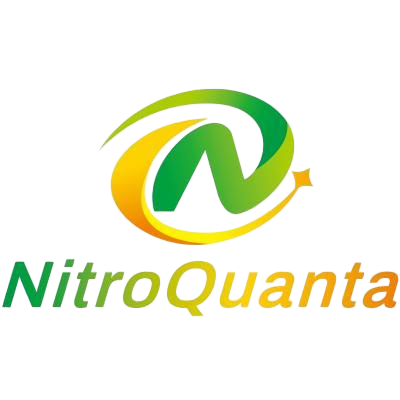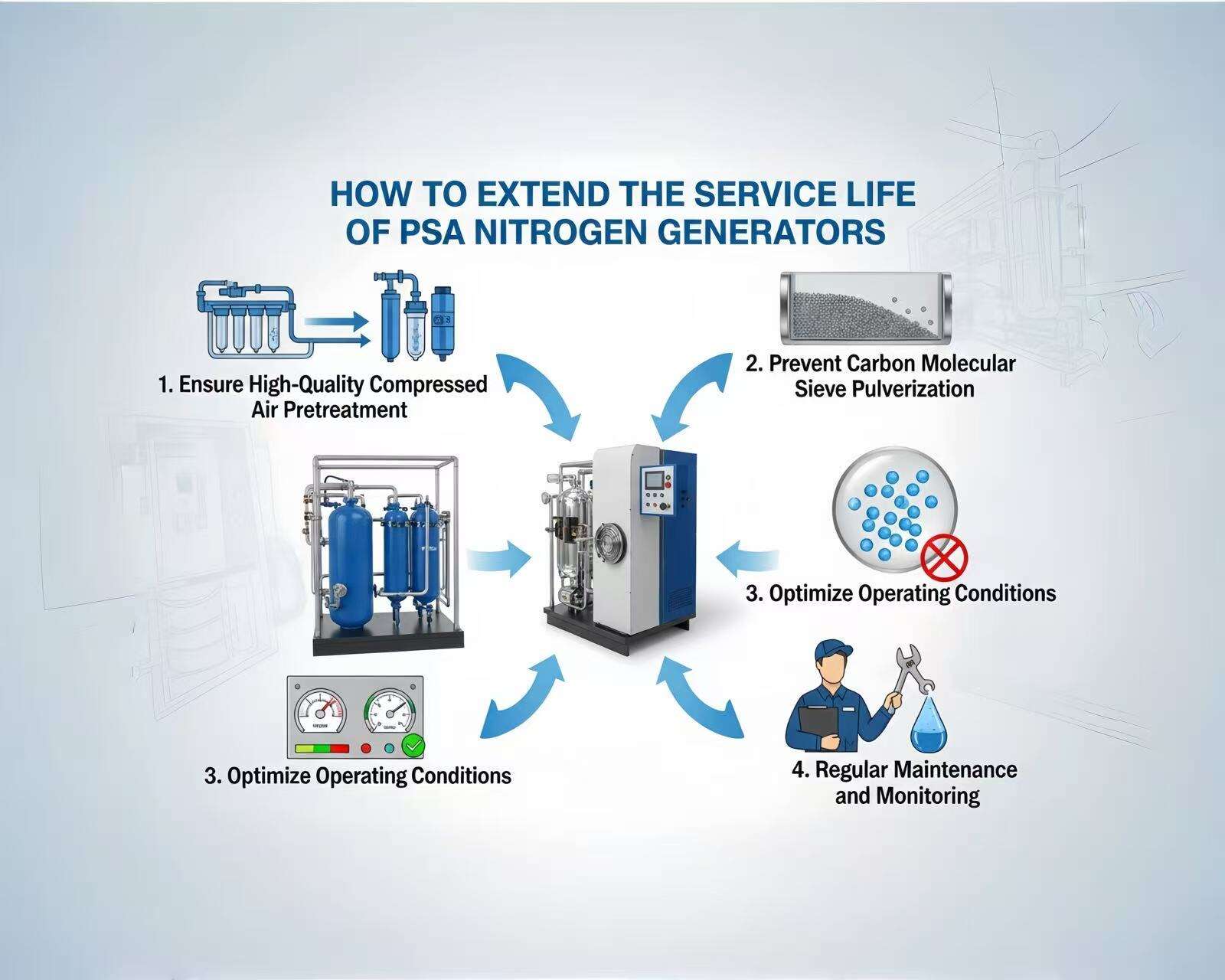Understanding Modern Industrial Nitrogen Generation Solutions
Industrial processes across manufacturing, food packaging, electronics, and pharmaceuticals rely heavily on nitrogen gas for various critical applications. The traditional method of purchasing liquid nitrogen or cylinder deliveries is increasingly being replaced by on-site nitrogen generators, marking a significant shift in how businesses approach their nitrogen supply. These innovative systems provide a reliable, cost-effective, and sustainable solution for companies looking to optimize their operations.
On-site nitrogen generators represent a transformative technology that enables facilities to produce their own nitrogen gas directly at the point of use. This self-sufficiency eliminates dependence on external suppliers and provides numerous operational and financial benefits that forward-thinking companies are eager to embrace. As industries evolve and efficiency becomes paramount, understanding the advantages of on-site nitrogen generation becomes crucial for plant managers and decision-makers.
Economic Benefits of In-House Nitrogen Generation
Reducing Operational Costs Through Self-Generation
The financial advantages of implementing an on-site nitrogen generator extend far beyond simple cost savings on gas purchases. When facilities switch to generating their own nitrogen, they typically experience a return on investment within 12-24 months. The elimination of recurring costs associated with delivered nitrogen - including delivery charges, rental fees for cylinders or tanks, and administrative overhead - creates substantial long-term savings.
Operating costs become more predictable and manageable, as facilities only need to account for electricity consumption and routine maintenance. This predictability allows for better budgeting and resource allocation, while the reduced reliance on external suppliers protects against price fluctuations in the nitrogen market.
Long-term Financial Planning and ROI
Investing in an on-site nitrogen generator represents a strategic decision that pays dividends over time. The initial capital investment is offset by the elimination of ongoing delivery costs and the efficiency gains in production processes. Plants can typically expect to reduce their nitrogen costs by 40-80% compared to traditional supply methods.
Moreover, the ability to produce nitrogen on-demand means facilities can scale their production up or down without incurring additional costs or being bound by minimum purchase agreements. This flexibility provides valuable operational agility and improved cost control.
Operational Advantages and Production Control
Enhanced Supply Chain Independence
On-site nitrogen generators provide facilities with complete control over their nitrogen supply, effectively eliminating dependencies on external vendors. This autonomy becomes particularly valuable during supply chain disruptions, natural disasters, or other unforeseen circumstances that might affect traditional nitrogen delivery systems.
With an on-site system, plants can maintain continuous operations without concerns about delivery delays or supply shortages. This independence also means facilities can respond quickly to changes in production demands without waiting for supplier coordination or delivery schedules.
Quality and Purity Control
Modern on-site nitrogen generators deliver consistent gas purity levels that meet or exceed industry standards. Plants can precisely control nitrogen purity based on their specific application requirements, ensuring optimal performance in their processes. This level of control is particularly crucial in sensitive applications like food packaging, electronics manufacturing, or pharmaceutical production.
The ability to fine-tune nitrogen purity also means facilities can avoid paying for higher purity levels than necessary, as is often the case with delivered nitrogen. This optimization leads to both cost savings and improved process efficiency.
Environmental and Safety Considerations
Reducing Carbon Footprint
On-site nitrogen generators contribute significantly to environmental sustainability goals. By eliminating the need for regular nitrogen deliveries, facilities reduce their carbon footprint associated with transportation and logistics. The environmental impact of producing nitrogen on-site is considerably lower than the combined effects of centralized production and distribution.
Additionally, modern nitrogen generators are designed with energy efficiency in mind, using advanced technologies to minimize electricity consumption while maximizing output. This efficiency translates to both environmental benefits and reduced operational costs.
Workplace Safety Improvements
Safety considerations favor on-site nitrogen generation over traditional supply methods. The elimination of high-pressure cylinder handling and storage reduces workplace hazards and simplifies safety protocols. There's no need for staff to manage heavy cylinders or deal with cryogenic liquid nitrogen, reducing the risk of accidents and injuries.
Modern nitrogen generators also feature advanced safety systems and monitoring capabilities, ensuring secure operation and immediate alerts in case of any issues. This proactive approach to safety helps facilities maintain compliance with regulations while protecting their workforce.
Installation and Maintenance Considerations
Space Requirements and Setup Process
Installing an on-site nitrogen generator requires careful planning but typically demands minimal space compared to cylinder storage areas or liquid nitrogen tanks. Modern systems are designed for efficient space utilization and can often be integrated into existing facility layouts without major modifications.
The installation process is straightforward when handled by experienced providers, usually completed within a few days with minimal disruption to ongoing operations. Proper site preparation and utility connections ensure smooth implementation and optimal system performance.
Ongoing Maintenance and Support
On-site nitrogen generators are designed for reliability and require relatively little maintenance compared to other industrial equipment. Regular maintenance primarily involves filter changes and routine inspections, which can be scheduled during planned downtime to minimize operational impact.
Professional support and service agreements ensure continuous system optimization and rapid response to any technical issues. This proactive maintenance approach helps maximize system longevity and maintain optimal performance levels throughout the generator's lifecycle.
Frequently Asked Questions
How quickly can an on-site nitrogen generator be installed and operational?
Typical installation timelines range from a few days to a couple of weeks, depending on site preparations and specific requirements. Most systems can be fully operational within 24 hours of installation completion, allowing for minimal disruption to existing processes.
What purity levels can on-site nitrogen generators achieve?
Modern nitrogen generators can achieve purity levels up to 99.9995%, suitable for even the most demanding applications. Systems can be configured to deliver the exact purity level required for specific processes, optimizing both performance and operating costs.
What happens if the nitrogen generator requires maintenance or repairs?
Professional service providers offer comprehensive maintenance agreements that include regular preventive maintenance and emergency support. Many systems also feature redundant components or backup capabilities to ensure continuous nitrogen supply during maintenance periods.
How does the reliability of on-site generation compare to delivered nitrogen?
On-site nitrogen generators typically offer superior reliability compared to delivered nitrogen, with uptime rates exceeding 99%. The elimination of delivery dependencies and the incorporation of advanced monitoring systems ensure consistent, uninterrupted nitrogen supply for critical processes.

